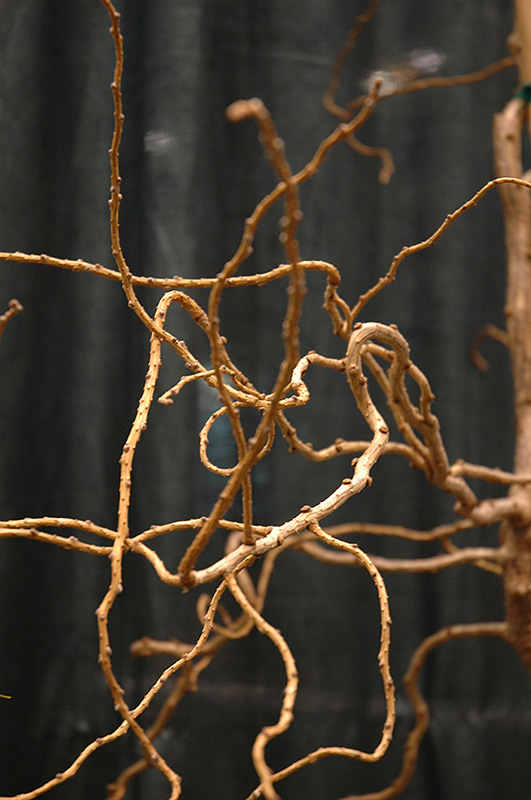Plant Finder
Horstmann's Recurved Larch
Larix decidua 'Horstmann's Recurva'
Height: 8 feet
Spread: 4 feet
Sunlight:
![]()
![]()
Hardiness Zone: 3
Other Names: Common Larch; European Larch
Description:
A genuine oddity for the plant collector, this is best described as a slow-growing tall, weeping small tree with bizarrely contorted branching, distinctive in all four seasons; fuzzy foliage turns yellow in fall; a conversation piece to be sure
Ornamental Features
Horstmann's Recurved Larch is primarily valued in the landscape or garden for its highly ornamental weeping form. It has rich green deciduous foliage which emerges light green in spring. The twisted needle-like leaves turn an outstanding yellow in the fall. The twisted gray bark and gold branches are extremely showy and add significant winter interest.
Landscape Attributes
Horstmann's Recurved Larch is an open multi-stemmed deciduous shrub with a rounded form and gracefully weeping branches. It lends an extremely fine and delicate texture to the landscape composition which can make it a great accent feature on this basis alone.
This is a relatively low maintenance shrub, and is best pruned in late winter once the threat of extreme cold has passed. Deer don't particularly care for this plant and will usually leave it alone in favor of tastier treats. It has no significant negative characteristics.
Horstmann's Recurved Larch is recommended for the following landscape applications;
- Accent
- Vertical Accent
- General Garden Use
Planting & Growing
Horstmann's Recurved Larch will grow to be about 8 feet tall at maturity, with a spread of 4 feet. It has a low canopy with a typical clearance of 1 foot from the ground, and is suitable for planting under power lines. It grows at a slow rate, and under ideal conditions can be expected to live for 60 years or more.
This shrub does best in full sun to partial shade. It is quite adaptable, prefering to grow in average to wet conditions, and will even tolerate some standing water. It is not particular as to soil type or pH. It is somewhat tolerant of urban pollution. This is a selected variety of a species not originally from North America.

